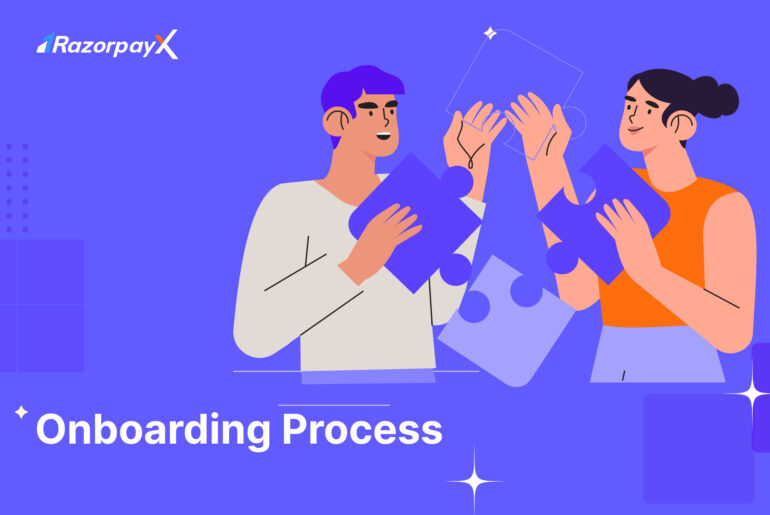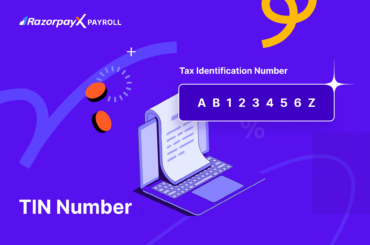Table of Contents
What is Onboarding?
Onboarding is a series of steps and processes that aims to familiarize new employees with the culture and policies of a new organization.
The onboarding process begins well before the offer is accepted and continues well after the employee’s first day with the organization.
The goal of onboarding is to make new employees feel welcome to a new, unfamiliar organization. It also aims at providing these new employees with all the tools and resources needed to perform well at the job they were hired to.
A good onboarding process results in lower turnover and higher employee engagement – eventually leading to increased productivity.
Learn about Automated Onboarding
The Onboarding Process
The onboarding process begins at the hiring stage and ends when the new hire is fully settled into the job.
Pre-Offer
The first contact a business makes with its employees is when a job opening is posted on a hiring portal. A good job posting performs two important functions: it provides role clarity and pre-entry knowledge.
The more information a candidate has on the job he is expected to perform, the better he is able to perform it. This is called task mastery.
Studies show that preentry knowledge of company values, policies and expectations is inversely proportional to turnover – meaning that the more preentry knowledge an employee has, the less likely he is to quit.
The next steps in the pre-offer stage are assessing candidate skills, interviewing ideal candidates and selecting the best fit for the position. This last part of the process is called recruitment.
Offer
At this stage, the company makes an offer to the selected candidate through a formal written document. This document contains important information like salary details, start date and the employee’s roles and responsibilities.
This is the first formal communication between the employee and employer and is legally binding to both.
Read more: Job Offer Letter
Once the offer has been accepted, the formal relationship between employer and employee begins.
Pre-Joining
The time after the offer and before the start date is when employers see the most drop-offs. It is important to make future employees feel important and valued – What to Expect on Your First Day emails and pre-joining hype emails are great to keep employees interested.
At this stage, the employer also collects certain important and mandated documents from the employee.
From the previous employer:
- Resignation letter
- Experience letter
- Appraisal letter
From employee’s personal records:
- Past salary slips
- Certificate or mark sheet of highest qualification degree
- PAN card
- Aadhar card
- Cancelled cheque
- Passport-size photo
Joining
The candidate’s first day is very important. Here are a few things that make the first day a great one.
Onboarding Buddy: Assigning a friend to help a new employee through their first day is the best thing an employer can do. One of the biggest reasons for high employee turnover rates is a lack of acceptance into workplace social circles. Feeling left out and friendless in the workplace leads to unhappy employees who would not hesitate to quit and accept another offer.
Joining Kit: A nice goodie box goes a long way in making new employees feel good on their first day. Branded merchandise like water bottles, hoodies or mugs also work as good PR as social media-friendly employees post their first-day experiences online.
Company-wide Introduction: It is important for new employees to feel like they are part of the system – and an introductory email proves this. This initial introduction includes the employee’s name, their role, their background and some fun facts that could serve as ice-breakers, along with a picture of the employee.
Post-joining
Once the employee has started settling into the job and culture, employers should conduct a first week, first month and first quarter check-in. These check-ins provide important feedback on potential improvements to the system and also remind the employee that their opinion matters and has an impact.
Learn about Automated Onboarding
Onboarding vs Orientation
| Onboarding | Orientation |
| A series of steps that goes on for weeks or even months helping outsiders transition into employees of an organisation | A one-time event that welcomes employees to a company on their first day |
| Focus is department and job-specific | Focus is more general and centered around organisational values |
| Onboarding consists of several other steps, including the recruitment stage, offer letter stage, pre-joining stage and more | Orientation is a part of the overall onboarding process |
Importance of a Good Onboarding Process
The onboarding process is the most important step in the lifecycle of an employee; it determines key metrics like turnover, employee engagement and workplace satisfaction.
An employee’s first impression of the workplace is lasting. If the employee does not feel warm and welcome on her first day, she will likely continue to feel unhappy several months into employment, causing lowered productivity or attrition.
Most recently hired employees quit their jobs within months of joining for onboarding-related reasons. The problem is that these employees quit before the organization is able to realize returns on the investment made in hiring the employee.
For this reason, it is important to invest time and money into making employees feel valued and welcome. This reduces the chances of the employee leaving the job within months of hire.
FAQs
What are the steps in the process of onboarding?
The process of onboarding starts with the recruitment stage, followed by the offer letter stage, pre-joining, joining and post-joining.
What is the role of HR in onboarding?
HR or Human Resources is the main driver of the entire onboarding process. They oversee everything from the initial recruitment till the post-joining feedback collection.
How long is the onboarding process?
The process of onboarding should last for at least three months, right from the first contact at recruitment, until the three month check-in.





